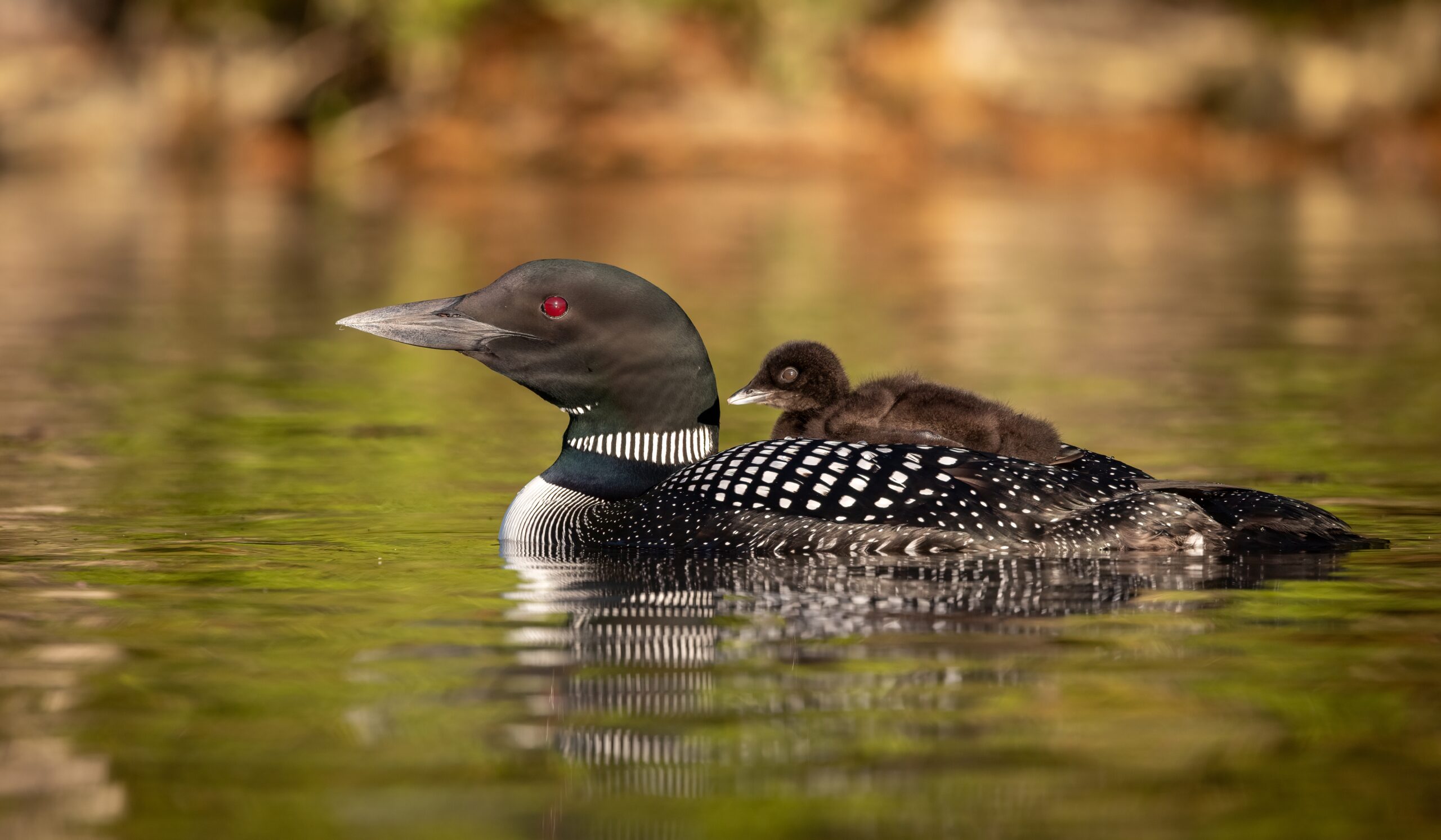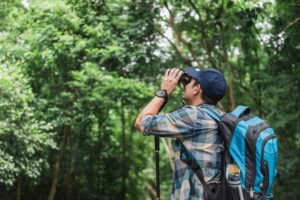From nesting loons to ancient pine barrens, New Hampshire is home to a surprising range of sensitive habitats and species. Many of these areas are easily disturbed — by trampling, noise, pollution, or even the introduction of invasive species. But the good news is that small changes in how we explore can make a big difference.
Examples of sensitive habitats in the region include:
- Wetlands and vernal pools
- Forest understories (especially near trails)
- Shorelines of lakes and ponds
- Alpine and high-elevation ecosystems
Even popular spots like the Ossipee Pine Barrens, White Lake State Park, and Castle in the Clouds are home to rare plants and animals that depend on minimal disturbance to survive.
1. Stay on Designated Trails and Paths
It might seem harmless to cut through the woods or blaze your own path, but doing so can quickly damage plant life, disturb wildlife, and accelerate erosion.
Why it matters:
- Trampling kills fragile plants, fungi, and young trees
- Wildlife avoids disturbed areas
- Over time, off-trail paths become permanent scars
Tip: If a trail is muddy or flooded, walk through it, not around it — going off to the side widens trails and harms vegetation.
2. Keep Wildlife Wild
Seeing a moose, fox, loon, or even a frog can be magical — but it’s important to observe animals from a distance and avoid feeding or approaching them.
Why it matters:
- Feeding wildlife makes them dependent on humans
- Approaching animals can cause stress or force them to abandon nests
- Some animals (like moose or bears) may become aggressive if they feel threatened
Tip: Use binoculars and long lenses for close views. Teach kids to observe quietly and stay calm during wildlife sightings.
3. Pack Out What You Pack In
Litter — even biodegradable items like fruit peels or sandwich crusts — doesn’t belong in the woods. It can attract animals, spread disease, and take far longer to break down than people realize.
Do this every time you explore:
- Bring a small trash bag or reusable zip pouch
- Double-check for wrappers, twist ties, and bottle caps
- Pick up litter if you see it — leave the trail better than you found it
Bonus Tip: Avoid single-use plastics and bring reusable bottles or containers when you can.
4. Be Mindful on the Water
Boating, kayaking, and paddleboarding are some of the best ways to explore New Hampshire’s lakes and rivers. But they come with their own responsibilities.
To minimize your impact:
- Clean your boat, board, or gear between bodies of water to prevent spreading invasive species
- Stay away from loon nesting zones (marked with signs or buoys)
- Avoid dragging boats across sensitive shoreline vegetation
Tip: Launch at designated boat ramps when available. Shorelines are especially fragile in spring and early summer.
5. Leave Natural Treasures Where You Find Them
It’s tempting to collect pretty rocks, feathers, wildflowers, or driftwood — especially as souvenirs. But taking items from nature can disrupt ecosystems and wildlife that rely on them.
Instead of collecting:
- Take a photo
- Start a nature journal
- Use a plant or bird ID app to record what you see
Remember: It’s just as rewarding to leave something behind for the next visitor to discover.
6. Respect Campfires and Fire Regulations
In dry summer months, fire danger can be high — and even a small campfire can start a devastating wildfire if left unattended or built in the wrong place.
Fire-safe habits include:
- Use designated fire rings or fireplaces only
- Never leave a fire unattended
- Completely extinguish with water until cold to the touch
Tip: If campfires are prohibited, embrace the glow of a lantern or gather around for stargazing instead.
7. Support Conservation Efforts
Finally, one of the most powerful things you can do to protect New Hampshire’s habitats is to support the people and organizations working to keep them healthy.
How to help:
- Donate to or volunteer with groups like The Nature Conservancy, NH Audubon, or local land trusts
- Attend stewardship days or trail cleanups
- Respect land-use signs and private property boundaries
Final Thoughts: Enjoy, Respect, Repeat
You don’t need to be a conservation expert to make a positive impact — just an explorer with a little awareness and care. By following simple guidelines, you’re not only helping to protect wildlife and habitats — you’re preserving the magic of New Hampshire’s outdoors for everyone who comes after you.
Looking for a peaceful place to stay while you explore responsibly? Belleau Lake Escape offers lakeside comfort and close access to trails, wildlife, and the kind of natural beauty worth protecting.





